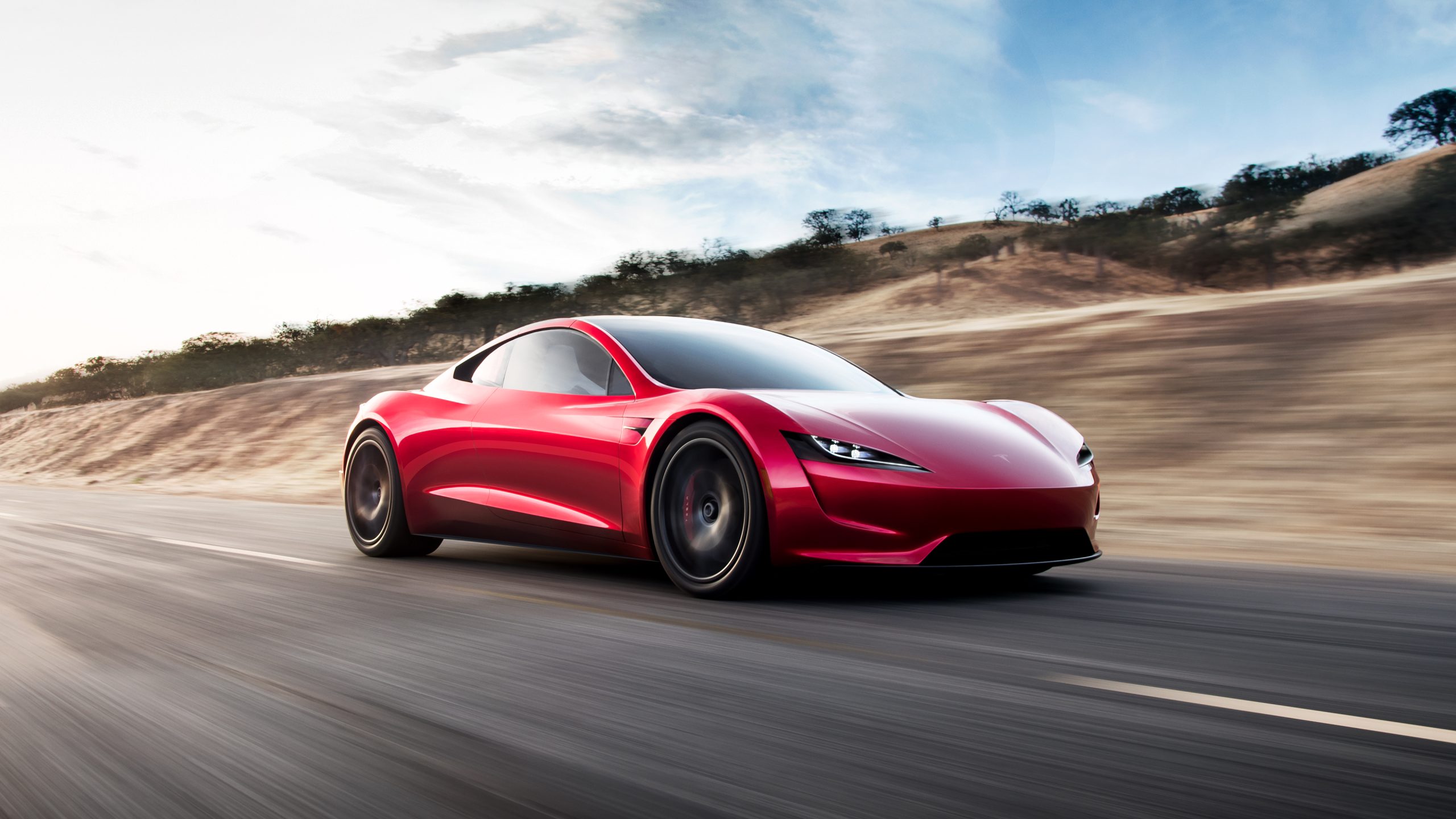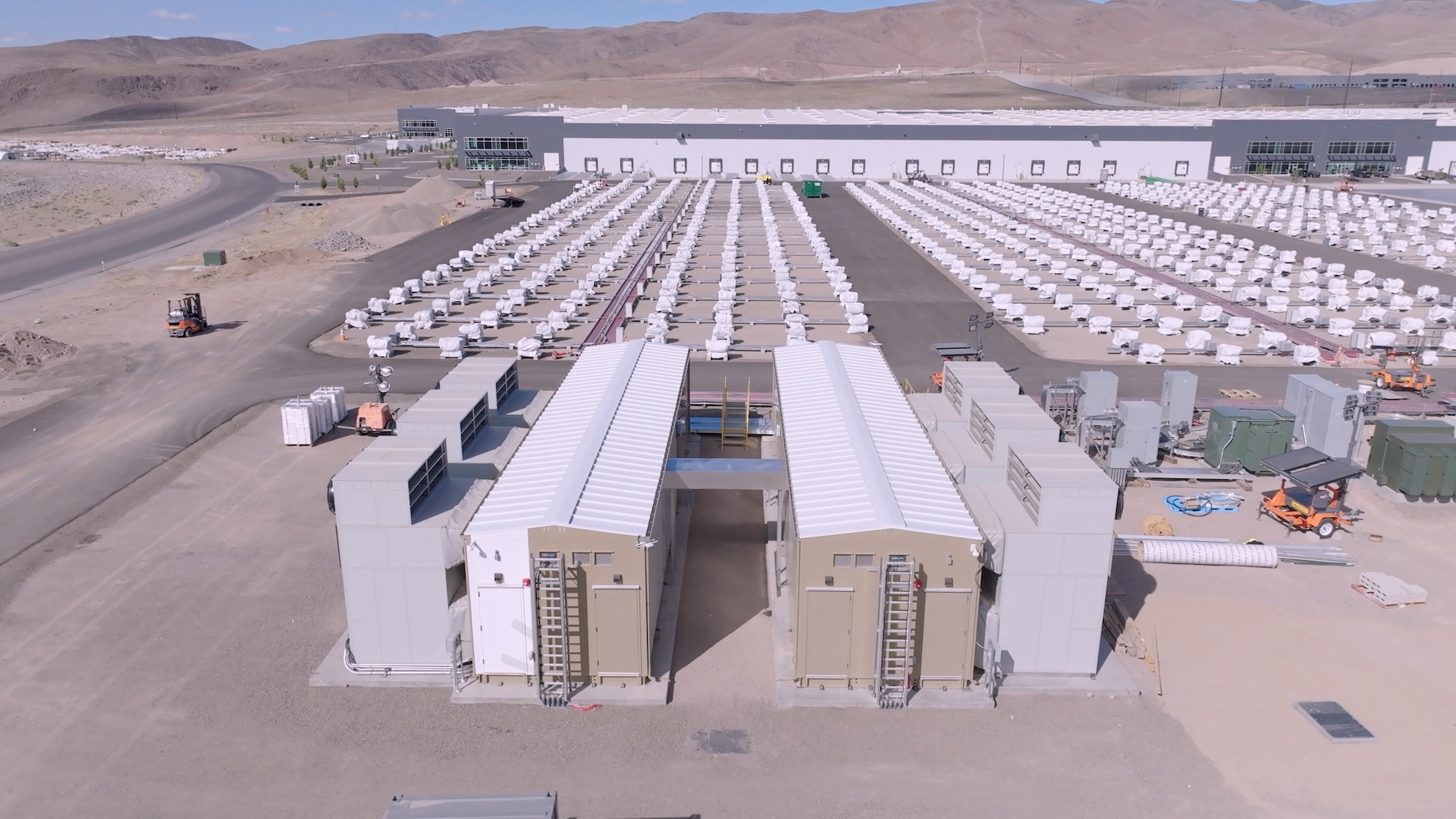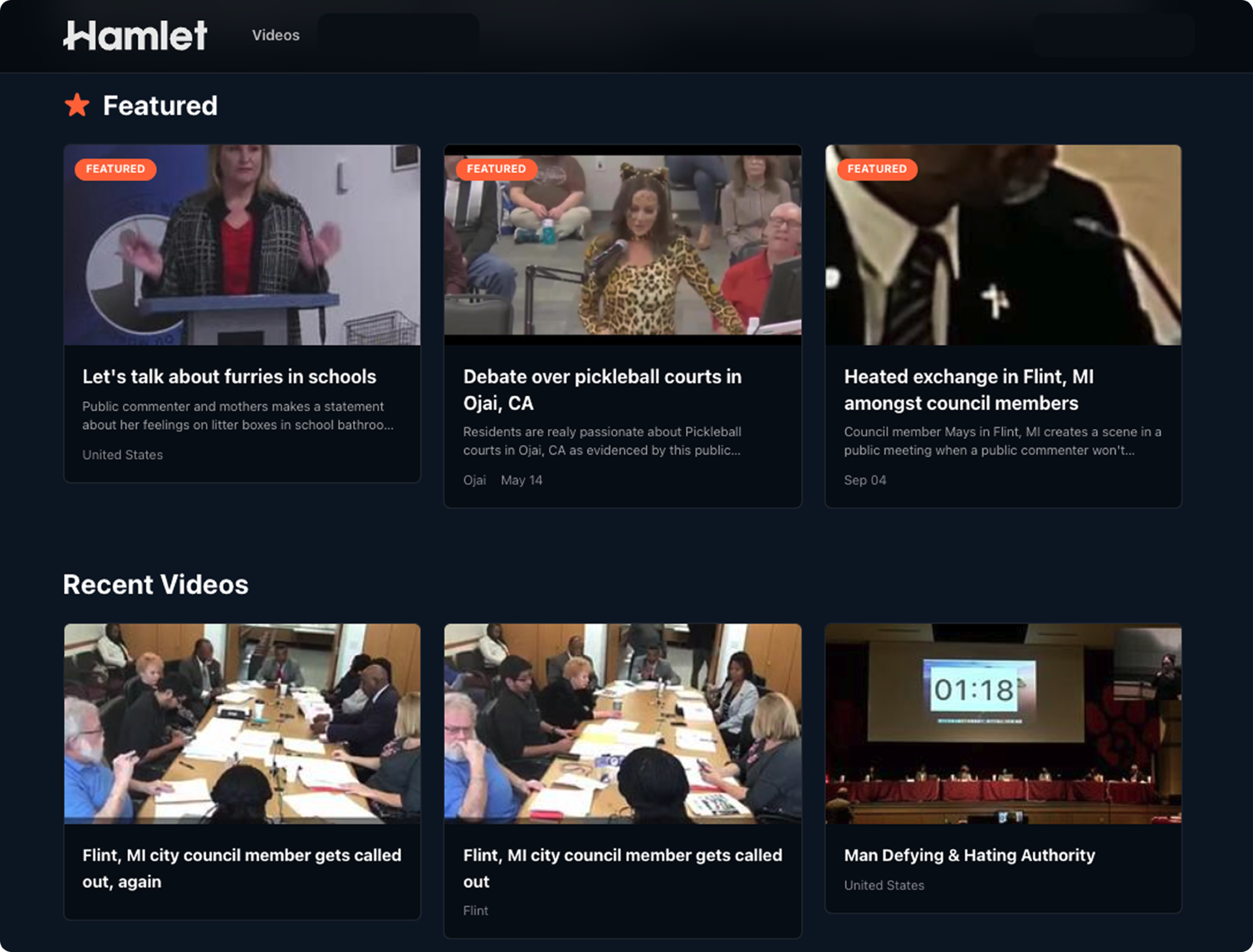
Tesla CEO Elon Musk recently announced a target date of April 1, 2026, for the public reveal of the production version of the second-generation Roadster, a high-performance electric supercar that has been a subject of intense anticipation and prolonged delays for nearly a decade. This chosen date, April Fools’ Day, immediately drew attention, with Musk himself lightheartedly suggesting it offers "some deniability" should further postponements occur. This revelation came during the company’s annual shareholder meeting, injecting a blend of excitement and characteristic skepticism into the ongoing narrative surrounding Tesla’s most ambitious, yet elusive, vehicle project.
A Legacy of Anticipation: The Roadster’s Journey
The original Tesla Roadster, launched in 2008, marked a pivotal moment for the nascent electric vehicle industry and for Tesla itself. As the company’s inaugural production car, it was a sleek, Lotus-derived sports car that proved electric vehicles could deliver exhilarating performance, effectively challenging preconceived notions about EVs being slow or uninspired. It laid the groundwork for Tesla’s future success, demonstrating the viability of electric powertrains in a premium segment and establishing the brand as a disruptor.
Fast forward to November 2017, when Elon Musk dramatically unveiled the concept for the second-generation Roadster. The initial presentation was nothing short of spectacular, promising unprecedented performance metrics: 0 to 60 mph in a blistering 1.9 seconds, a top speed exceeding 250 mph, and a groundbreaking range of 620 miles on a single charge. These figures, if achieved, would position the new Roadster not just as a leading EV, but as one of the fastest production cars ever created, regardless of propulsion type. Reservations quickly opened, with a standard deposit of $50,000 and a "Founders Series" option requiring a hefty $250,000 upfront for the first 1,000 units. Early adopters, eager to own a piece of future automotive history, placed their trust and capital in Tesla’s vision.
Musk’s Distinctive Approach to Deadlines
Elon Musk has cultivated a reputation for setting audacious goals and making bold predictions, often pushing the boundaries of what is technologically feasible. However, this visionary approach frequently comes hand-in-hand with significant delays in product delivery. The Roadster 2 is perhaps the most salient example of this pattern, but it is far from unique. The Cybertruck, initially unveiled in 2019 with a promised 2021 production start, only began deliveries in late 2023. Tesla’s Full Self-Driving (FSD) software, touted for years as being "just around the corner," continues to be a beta program despite widespread deployment. Even the Model 3, Tesla’s mass-market sedan, faced what Musk famously dubbed "production hell" in its early stages.
This recurring theme of missed deadlines has become a defining characteristic of Tesla under Musk’s leadership. While some analysts interpret it as a byproduct of relentless innovation and an unwillingness to compromise on ambitious features, others view it as a potential risk to brand credibility and customer trust. The April Fools’ Day reveal date for the Roadster 2, coupled with Musk’s "deniability" comment, can be seen as an attempt to pre-emptively manage expectations while also injecting a dose of his signature irreverent humor. It’s a strategy that both endears and frustrates, creating a unique dynamic between the company and its stakeholders.
Adding to the recent timeline of postponements, just a week before the shareholder meeting, Musk had indicated during an appearance on Joe Rogan’s podcast that he aimed to showcase the vehicle by the end of the current year. The shift to a 2026 reveal underscores the fluid nature of development timelines within Tesla, particularly for projects pushing the envelope of engineering and design.
The Promise of Unprecedented Performance
Musk emphasized during the shareholder meeting that the production version of the Roadster 2 would be "very different from what was shown previously." This statement suggests a significant evolution from the 2017 prototype, likely incorporating technological advancements and design refinements made over the intervening years. He further teased that the upcoming demonstration would be the "most exciting, whether it works or not, demo ever of any product." This hyperbolic claim points towards the integration of groundbreaking features, most notably the much-discussed "SpaceX package."
The "SpaceX package" concept, first hinted at by Musk, involves the incorporation of cold gas thrusters, derived from rocket technology, to enhance the car’s performance. These small, electric-pump-fed thrusters, strategically placed around the vehicle, are envisioned to dramatically improve acceleration, braking, and cornering, potentially even enabling short "hops" or limited flight capabilities. Such an innovation, if successfully implemented and made street-legal, would represent a paradigm shift in automotive engineering, blurring the lines between terrestrial vehicles and aerospace technology. It reflects Musk’s broader vision of integrating technologies across his various ventures, from electric cars to space exploration.
However, the practicalities of developing, certifying, and manufacturing a vehicle with such advanced and potentially hazardous features present immense engineering and regulatory challenges. The extended development cycle for the Roadster 2 can be partly attributed to the complexity of realizing these ambitious functionalities, particularly those involving active aerodynamic or propulsion systems beyond conventional automotive norms.
The Financial and Emotional Toll on Early Adopters
The protracted delays have had a tangible impact on the "long-suffering Roadster reservation holders," as Musk himself acknowledged. Many of these early customers placed substantial deposits, some as high as $250,000, nearly seven years ago. These funds have been held by Tesla, effectively acting as interest-free loans for a product that has yet to materialize. While the financial implications are significant, the emotional toll of such a prolonged wait, coupled with shifting timelines and a lack of concrete updates, can also be considerable.
The experience of OpenAI CEO Sam Altman serves as a high-profile illustration of this frustration. Altman, a Founders Series reservation holder, recently attempted to cancel his order and initially encountered difficulties in securing a refund for his $50,000 deposit. He publicly documented his "tale in three acts" on X (formerly Twitter), detailing his initial reservation, his request for a refund, and an email bounce-back. Altman expressed his genuine excitement for the car but noted that "7.5 years has felt like a long time to wait."
This public exchange escalated when Musk, who has had a contentious relationship with Altman for years, responded on X, claiming the issue was resolved within 24 hours and adding a personal jab: "And you forgot to mention act 4, where this issue was fixed and you received a refund within 24 hours. But that is in your nature." This public spat not only highlighted the frustration of long-term reservation holders but also underscored the highly personalized and often confrontational nature of Musk’s interactions, particularly on social media platforms. The incident brought renewed attention to Tesla’s refund policies and the broader implications of holding customer deposits for extended periods without delivering the promised product.
A Broader Look at the EV Supercar Market
Since the Roadster 2’s initial unveiling in 2017, the landscape of high-performance electric vehicles has evolved considerably. What was once a futuristic concept is now a burgeoning market with formidable competitors. Companies like Rimac Automobili, with its Nevera hypercar, have already delivered vehicles that boast astonishing performance figures, including a 0-60 mph time of 1.74 seconds and a top speed of 258 mph. Other luxury manufacturers such as Lotus with the Evija and Pininfarina with the Battista have also entered the fray, offering limited-production electric hypercars that push the boundaries of design, technology, and speed.
These developments mean that while the Roadster 2’s initial promises were revolutionary, the competitive bar has been significantly raised. Tesla will need to deliver on its ambitious claims, particularly regarding the "SpaceX package," to truly differentiate itself in an increasingly crowded and sophisticated segment. The market for ultra-high-performance EVs is driven not just by speed and range, but also by exclusivity, brand prestige, and cutting-edge technology. The prolonged delay risks diminishing the "first-mover" advantage Tesla once held in this niche.
Navigating Brand Perception and Future Outlook
The decision to schedule the Roadster 2’s reveal on April Fools’ Day 2026, followed by an estimated production start 12 to 18 months later, places the car’s potential market availability around late 2027 or early 2028. This represents a full decade after its initial announcement, a timeline almost unheard of in the modern automotive industry.
From a brand perception standpoint, this extended timeline presents a duality. On one hand, it reinforces Tesla’s image as a company unafraid to tackle seemingly impossible engineering challenges, willing to wait until a product meets its lofty vision. On the other hand, it tests the patience of its most loyal customers and fuels skepticism among critics who view these delays as symptomatic of over-promising and under-delivering.
The cultural impact of the Roadster 2’s journey extends beyond automotive enthusiasts. It speaks to broader themes of technological aspiration, the cult of personality surrounding figures like Elon Musk, and the evolving dynamics of consumer trust in a rapidly changing world. The Roadster 2 has become more than just a car; it’s a symbol of future possibilities and the complexities inherent in bringing those visions to reality. Its eventual arrival, whenever that may be, will be scrutinized not just for its performance, but also for what it signifies about Tesla’s ability to balance innovation with execution.





